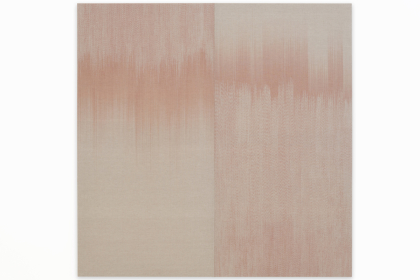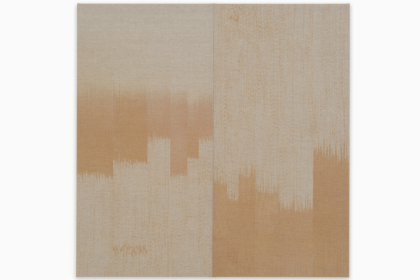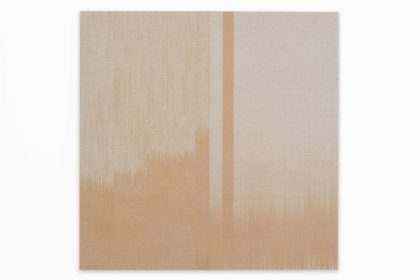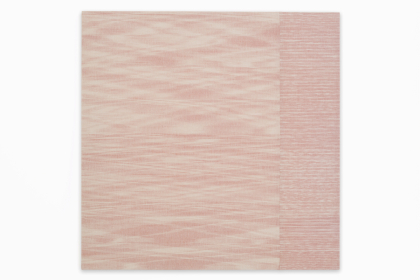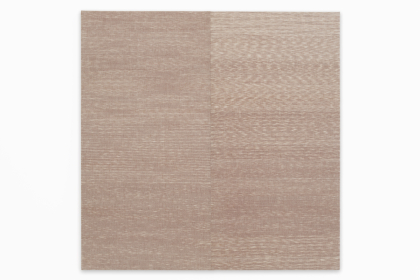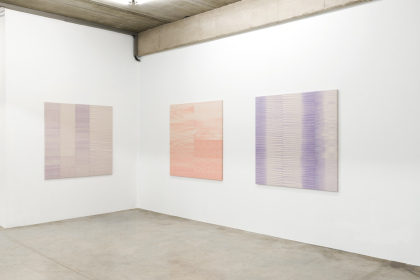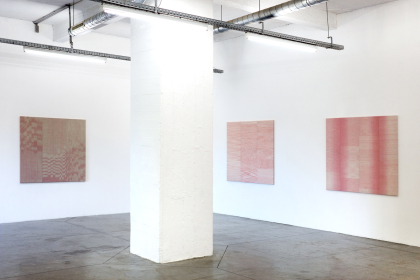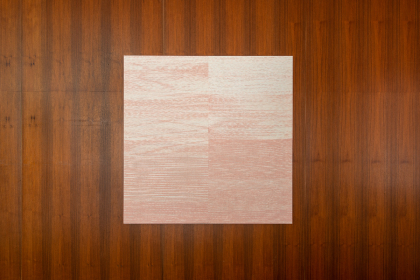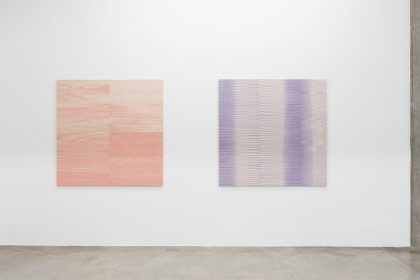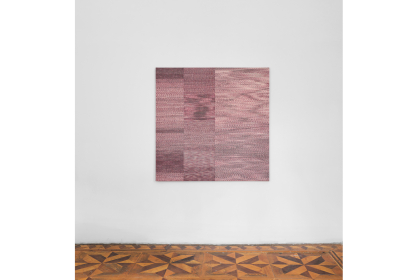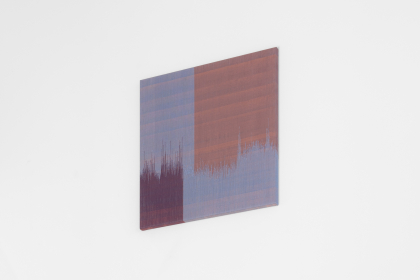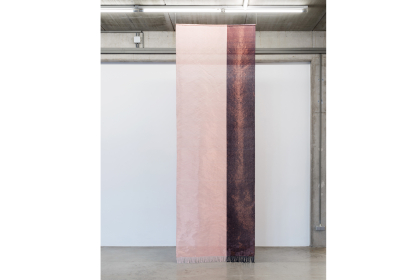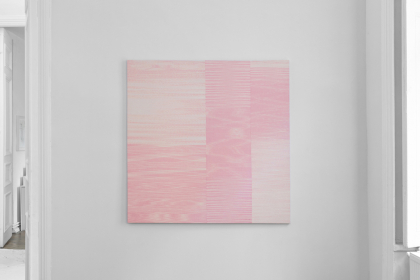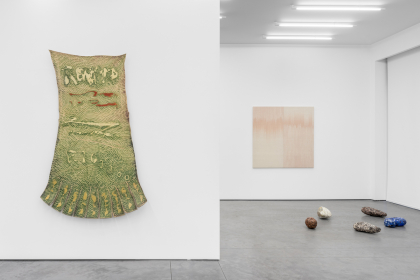Céline Vahsen studied visual arts in Brussels, Lucerne, and Hamburg, and completed her Master in the textile department of ENSAV La Cambre in Brussels in 2013. She has been artist-in-residence at WIELS Contemporary Art Centre, iMAL – Art Center for Digital Cultures & Technology, the Boghossian Foundation, ZSenne ArtLab, Fondation CAB in Brussels, and at the Frans Masereel Centrum in Kasterlee, Belgium. In 2019, she participated in the Académie des Savoir-Faire at the Fondation d’entreprise Hermès in Paris, France. Her work has been shown internationally at venues such as the 21st Century Museum of Contemporary Art in Kanazawa, Japan, E.A. Shared Space in Tbilisi, Georgia, Marres House for Contemporary Culture in Maastricht, The Netherlands, New York Textile Month in the United States, and nationally at IKOB Museum of Contemporary Art in Eupen, Le Delta in Namur, and in Brussels, Pilar, Ccinq, among others.
Céline Vahsen deals with the socio-cultural dimension of textiles – their emotions. Her work encompasses various references and traditions from geographically dispersed, hybrid cultures, as well as customs from different periods throughout the history of textiles. For the artist a woven fabric is never empty, it contains history, memory and a narrative.
Her work is a visual phenomenon that presents a delicate plastic balance, evoking a primarily aesthetic relationship in the viewer. This centrifugal presence, with no central point or singular direction, captures the gaze and hypnotizes through a symbiotic fusion of texture, tone, and light. These compositions and colors offer themselves to be seen and felt with immediacy and great simplicity while simultaneously revealing intricate details, sensitivity, and multidimensionality.
Hand-woven and naturally dyed threads pile up rhythmically. The colors radiate and unfold within the composition and across the canvas surface. Monochrome and blurry impressions may appear, creating tangible and pictorial images. These configurations of tape fabrics, arranged time-fragments, form a visual and abstract image. Mounted on frames, these canvases allow the shades to vibrate, transforming them into painting-like works – des tableaux.

